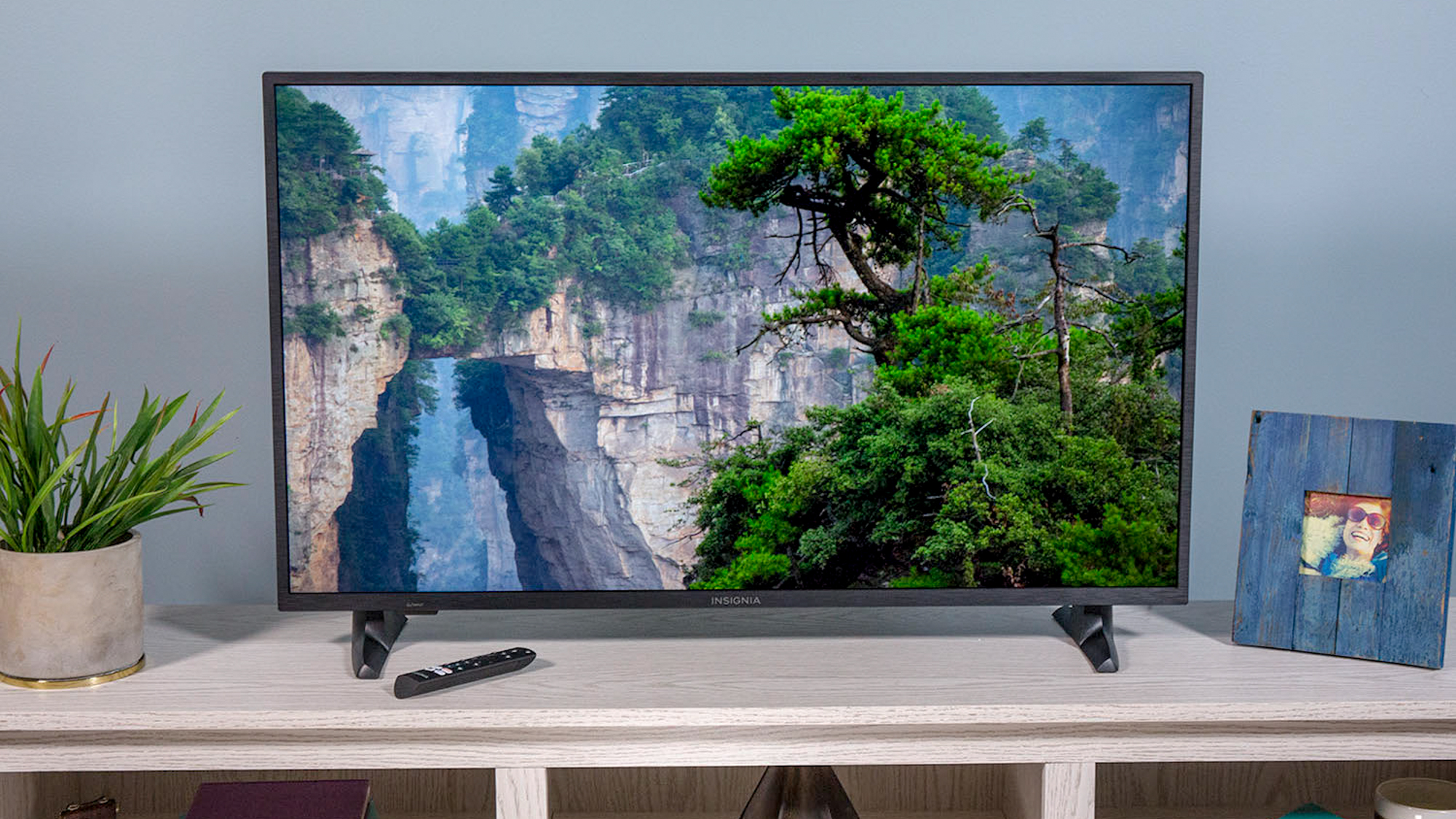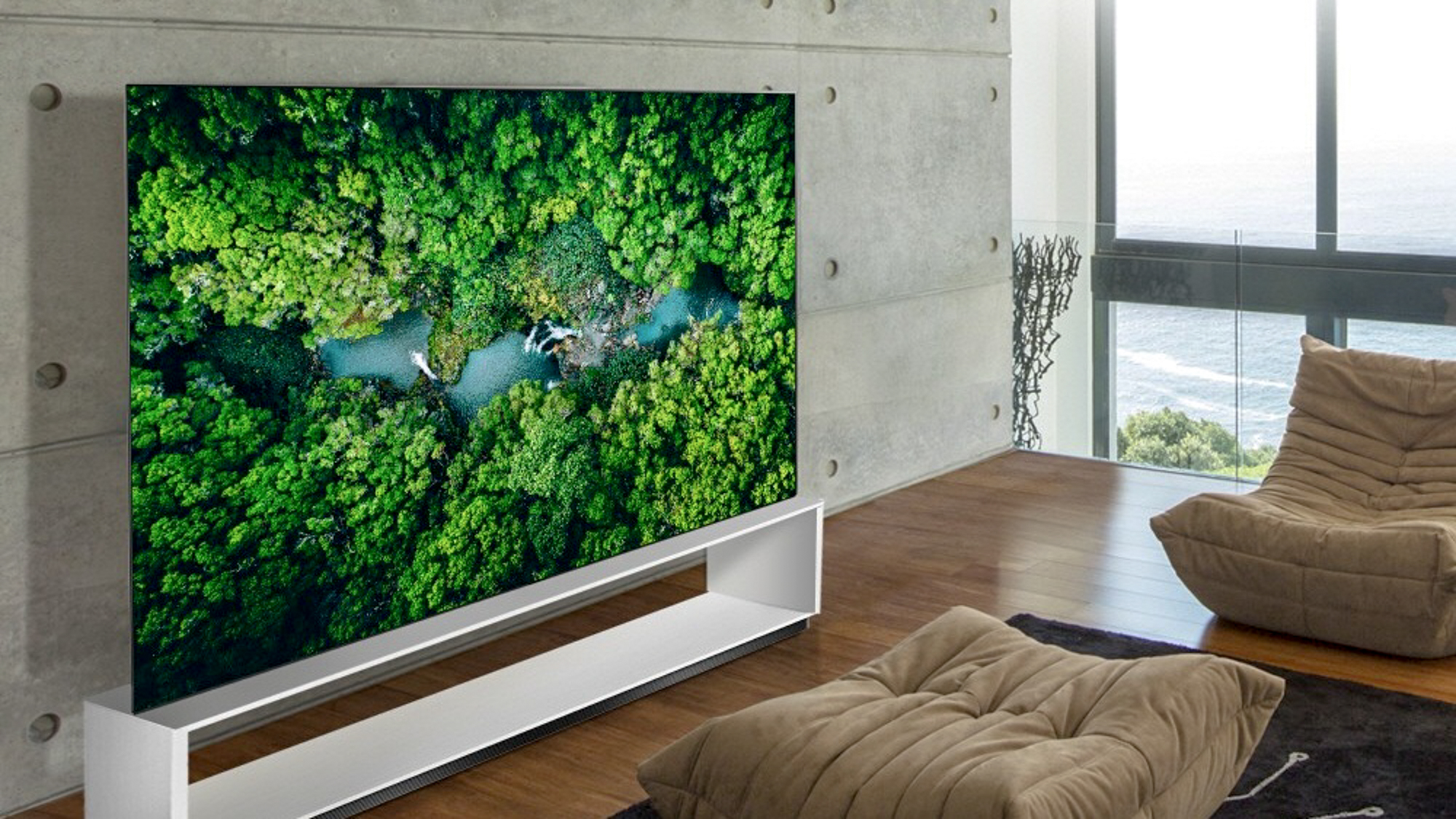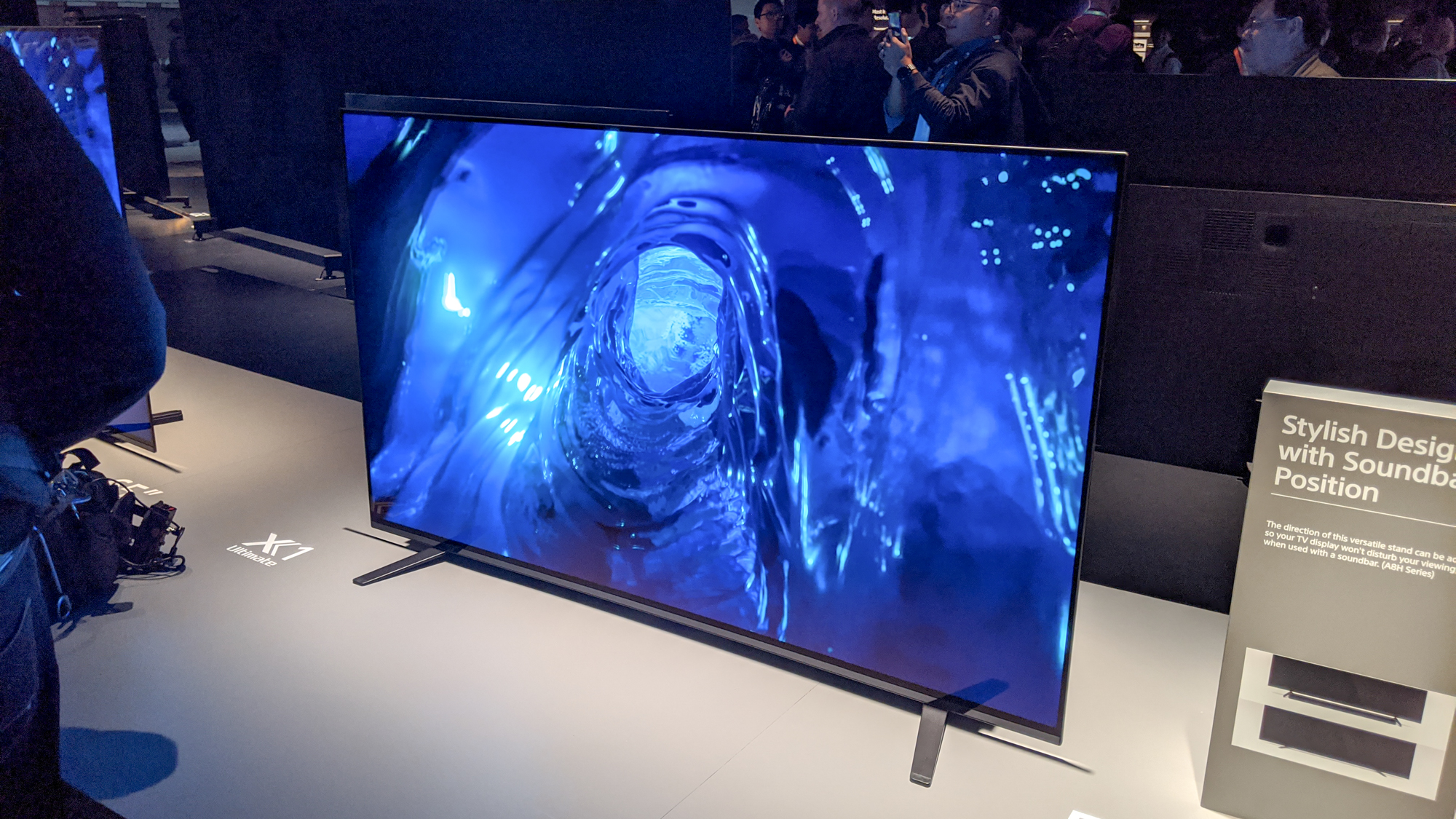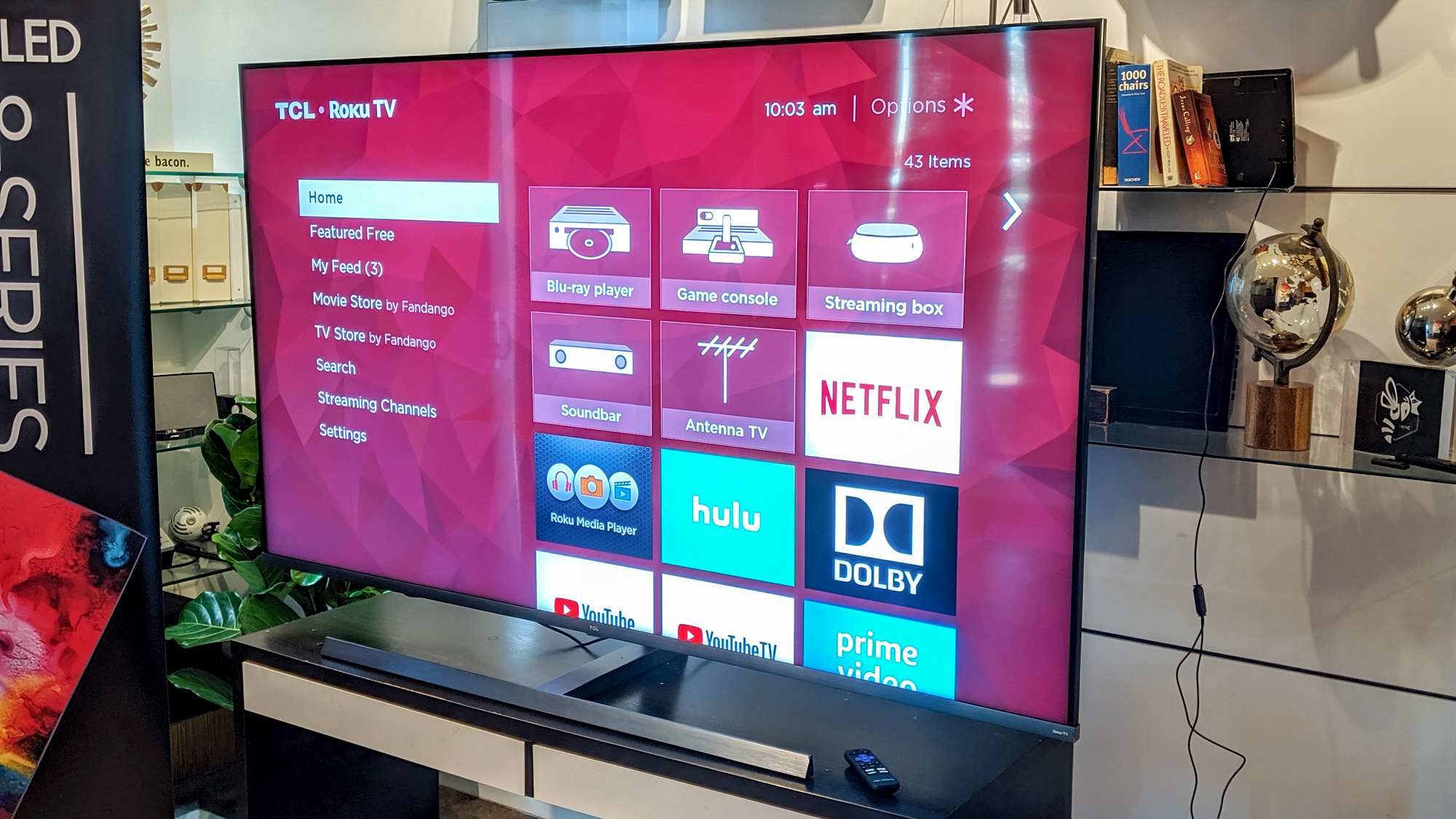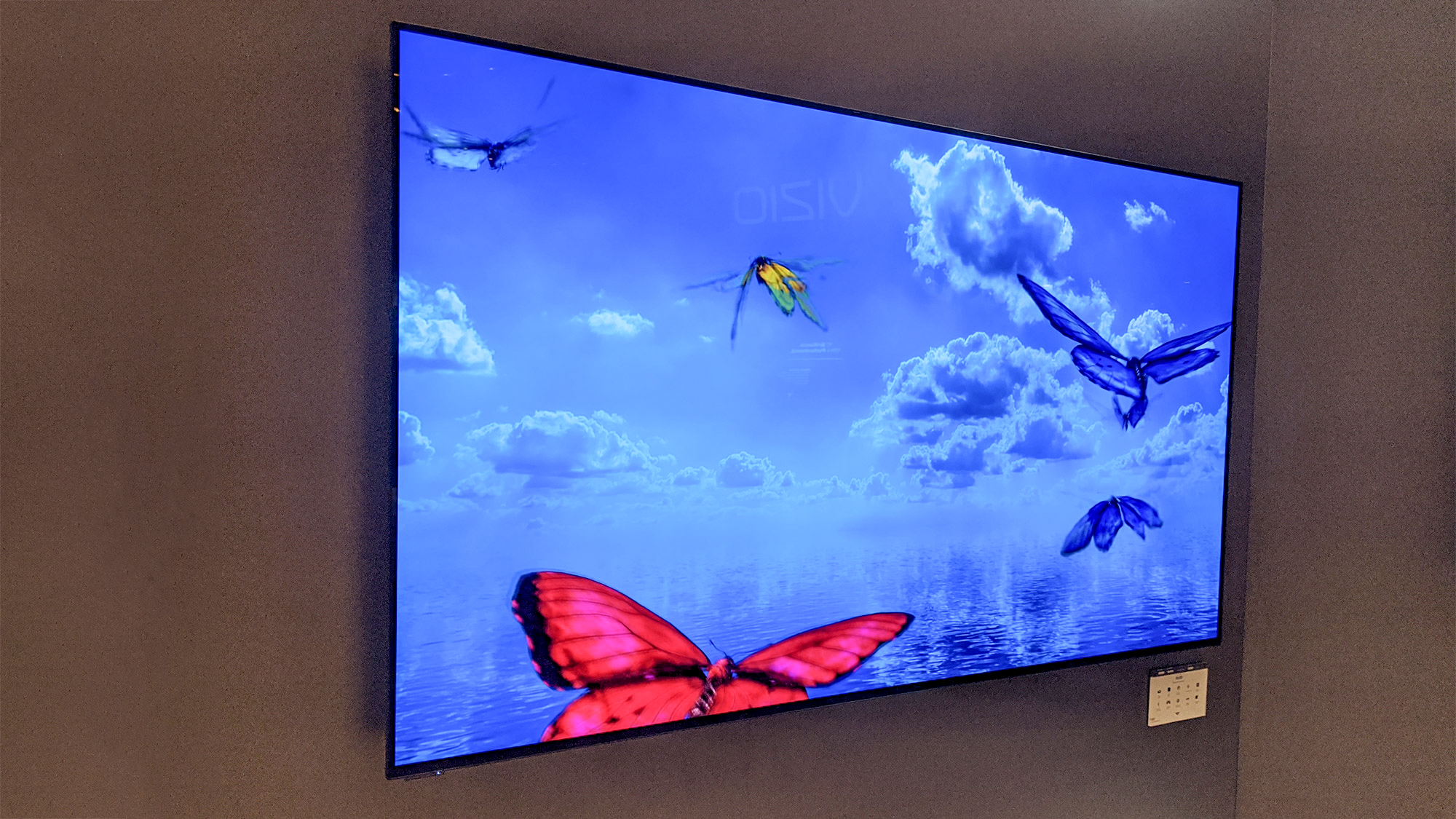CES 2021 TV preview: Micro LED, 8K, OLED and more
What to expect from TVs in 2021

CES 2021 is going to be a very different affair this year, as the crowded convention halls of Las Vegas are replaced with an all-digital online experience. But one thing will not change: CS is a major event for the TV industry, and the announcements made there will set the tone for the TV landscape all year long.
Between January 11th and January 14th of 2021 companies large and small will be hosting livestreams and virtual panels, and major manufacturers like LG, Samsung, and Sony will be holding press events to announce their new TV lineups.
We may not have specific details of what smart TV models and features are coming next month, but we keep a pretty close eye on the industry all year long. In addition to our dozens of detailed TV reviews, we also report on leaks and rumors of what's in store as manufacturers develop new designs and technologies. So here are some educated guesses as to what is coming for TVs at CES 2021.
The big trends for 2021
Micro LED finally gets real (while screen sizes grow)
Samsung has finally announced the retail launch of its wall-sized microLED TV, and while it's not the 12-foot screen they originally wowed us with a couple of years ago, it's still ginormous, measuring 110 inches.
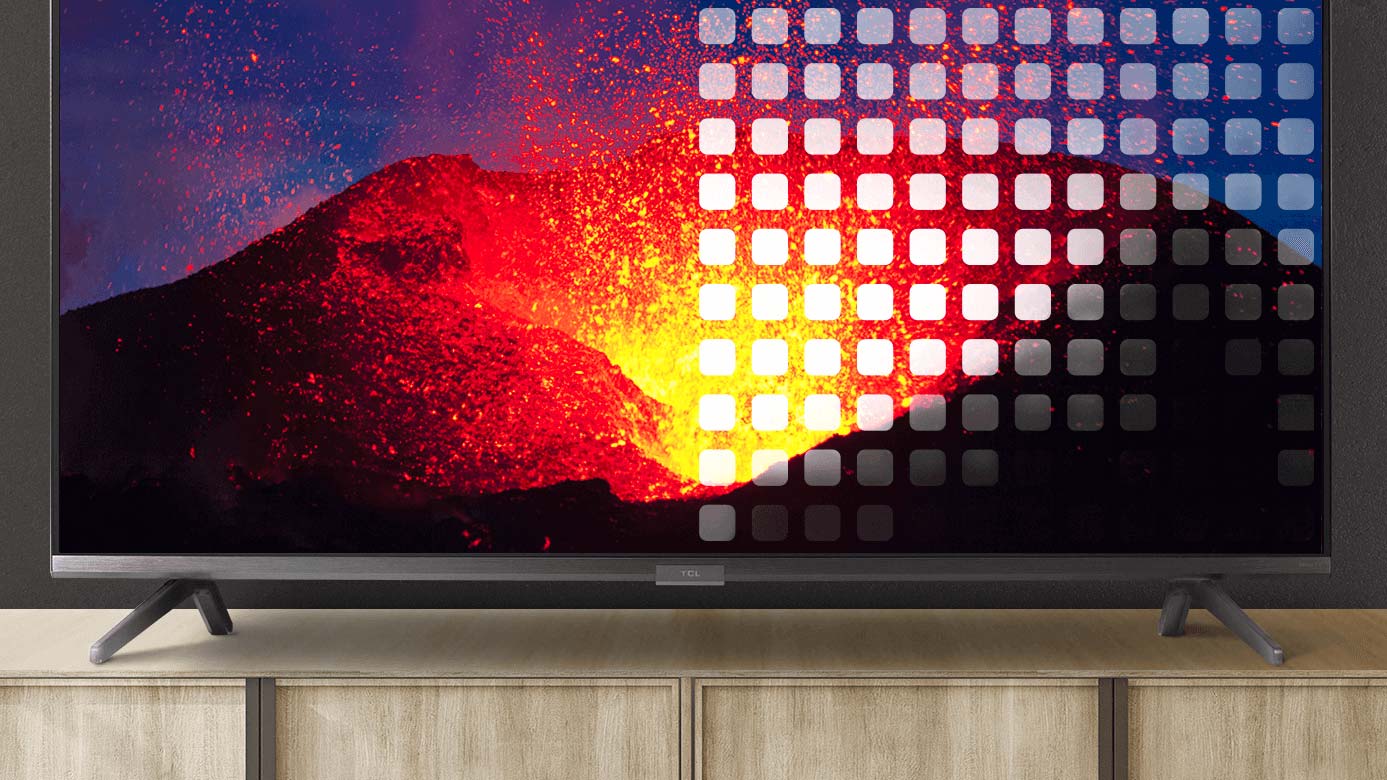
This is a new display technology that uses microscopic LEDs as individual pixels in the display panel, offering extremely high brightness and color support that offers the same infinite contrast as OLED displays. It's the first time Samsung has brought this technology to consumers, and we expect more to come.
While triple digit screen sizes won't be mainstream anytime soon, we will see a lot of larger screens this year. The 75 to 85-in range of big-screen TVs has been growing rapidly for the last few years, and that hasn't slowed with people spending more time with their home entertainment devices. And the appetite for larger screens and more immersive experiences has only grown, and we expect the average screen size to grow along with it.
Get instant access to breaking news, the hottest reviews, great deals and helpful tips.
What’s going on with 8K TVs?
8K TVs are more reasonable and affordable than ever, but there's still one glaring problem for anyone who wants to enjoy those 33 million pixels of movie and gaming goodness – there's no content. That was supposed to start changing in 2020, with 8K broadcast of the 2020 Olympics from Tokyo and 8K gaming support on the PS5 and Xbox Series X game consoles, but then the pandemic delayed the Olympics and the new consoles (assuming you can find one to buy) both are still very much 4K gaming machines.
The first 8K-capable graphics cards have finally arrived, but 8K streaming is still in development – nothing has been announced yet – and there’s no word of any 8K Blu-ray format or players. In fact, there's some chatter that we may never get physical media for 8K content, due to the data density required. And the shrinking market for Bluray discs and players as streaming grows exponentially means that we may never see 8K discs on store shelves.
That said, 8K TVs aren't going away. If anything, we will see more 8K models announced for 2021 than we did this year, and prices should get more reasonable, though they will stay in the premium range. Samsung already offers the 65-inch Q800T 8K QLED TV for $2,699 (down from the MSRP of $3,499), and I'll actually be surprised if someone doesn't announce a competing 65-inch 8K model selling for under $2,000 sometime in the next 12 months. I'll still recommend people wait before ditching 4K, but the prices should get a lot more reasonable in the coming months.
Smart TVs get smarter
What will your new smart TV be able to do? We've already seen TVs that can identify actors onscreen, and pull up info and trivia from sources like IMDB, or even pick out clothing on actors, and give you the option to buy. Expect TVs to keep getting smarter as companies rely on machine learning for everything from video processing to AI-driven content suggestions.
Voice assistant integration in smart TVs has gone from a little used curiosity to a mainstream feature offered by most brands. LG, Samsung and Sony have all started offering built-in Amazon Alexa and Google Assistant support, and we expect both voice assistance to play major roles in the smart TV landscape in the coming year.
Smart home control will continue to evolve, with more compatibility with the whole range of connected devices. Smart TVs from LG and Samsung have dashboard controls that let you manage everything from smart bulbs to appliances, and it's getting easier and easier to share content to and from your mobile devices and the TV. We expect to see a surge in features like NFC tap-to-share capabilities and robust smartphone apps that let you share and discover new movies and shows on your TV.
TV pushing us to buy more and buy now
Amazon's Fire TV Edition smart TVs are regularly criticized for heavily pushing Amazon services and products — our own Toshiba 4K Fire TV Edition (2020 model) review and Insignia 4K Ultra HD Fire TV Edition NS-55DF710NA21 review are no exceptions — but Amazon's not doing anything that other TV manufacturers and content providers aren't already pursuing. You can expect to see more.
A lot of effort is being put into monetizing the smart TV watching experience, since it relies so heavily on streaming services outside of traditional TV advertising models. Marketers not only want to get their ads in front of those millions of watching eyes, they also want to pair those ads with the enormous growth of mobile and online shopping. After a year of people staying at home and watching TV instead of going to stores, I don't see this trend slowing down anytime soon.
Neither do advertisers or manufacturers, who stand to make as much money from ads and customer data as they do from selling TV hardware. The new ATSC 3.0 broadcast standard will bring new ad opportunities, but you can expect more smart TVs to offer product recommendations, share home screens with ad space and find new ways to offer you a chance to buy, buy, buy.
Brand predictions for CES 2021
LG
When it comes to CES and TVs LG is one of the big companies to keep an eye on. Both LG Electronics and LG Display (a separate division that handles manufacturing and R&D) regularly use CES as an opportunity to show off some of the flashiest TV innovations you'll ever see.
In past years these have included the LG Signature Series OLED R, a mind-blowing rollable OLED TV that's finally on sale for $100,000. Transparent OLED screens have been a perennial demonstration for the last few years, and a late 2019 leak suggests LG might even have a foldable OLED TV in the works. We don't know the details of LG's jaw-dropping set piece for 2021, but it's a safe bet that they'll have one.
Even their more mainstream consumer lineup gets big enhancements for the new year. Last year saw the introduction of the Gallery series, starting with the LG GX OLED, an ultra-thin wall-mounted TV. Designed to mount flush against the wall with special mounting hardware, it fits all of its speakers and components into a uniform 20-millimeter thickness. LG tends to stick closely to designs that work – as seen on this year's LG CX OLED, which has a design nearly identical to the previous LG C9 OLED – so it wouldn't surprise us if the svelte Gallery design returns for 2021.
Other awesome features we expect to see more of include enhanced smart TV capabilities, deeper voice assistant integration, HDMI 2.1 across the board, and ATSC 3.0 tuners in at least some models.
Samsung
Another major player in the TV landscape of CES is Samsung. Though TVs make up only a portion of Samsung's massive presence at the show, we have high expectations that the manufacturer will have some stunning TVs to announce for the new year.
One model that has already been announced is the new Samsung MicroLED TV, a 110-inch behemoth that utilizes the microLED technology we've previously seen demonstrated in more commercially-oriented products like The Wall.
Samsung is also likely to show off its other OLED competitor, the quantum dot/OLED hybrid known as QD-OLED. By blending the light and color boosting properties of quantum dots with the perfect blacks and pixel perfect contrast of OLED, Samsung hopes to put competitor LG on notice with a second display technology to rival their OLED panels.
Even in mainstream smart TVs we can expect some big things from Samsung. In 2020 Samsung had the largest selection of 8K models on the market, including the most affordable 8K smart TVs at sizes that would actually fit in the average living room. For 2021 we anticipate more 8K sets with even better prices.
Samsung is still making 4K sets, even though it has shifted the majority of its focus to 8K. Samsung's premium QLED 4K smart TVs should see a number of improvements, like Mini-LED backlight (not to be confused with microLED). Between improved backlighting, continual refinement to QLED and tweaks to the diffusing and filtering layers that make up the LCD stack in a QLED TV, I expect this year's QLED TVs to be more impressive than ever before.
I'm also expecting big enhancements in the sound system in both 4K and 8K TVs. Last year Samsung showed off its new Object Tracking Sound and multi-speaker arrays to provide a sound from screen experience on some of its premium sets. We expect that technology to filter down to more models this year.
Samsung also introduced Q-Symphony, which lets you pair a Samsung soundbar with a Samsung TV and use all of the speakers in both to provide a larger, more immersive sound stage with better support for formats like Dolby Atmos. It's such a clever development that I would be disappointed if Samsung doesn't bring it back on more models for the coming year.
Sony
Sony also uses CES as an opportunity to show off its upcoming TV lines, and we can expect the first looks at the 2021 line of 8K and 4K TVs. If Sony holds true to form, we should see a mix of OLED and LCD models, with fantastic picture and sound. The 2020 Sony Bravia A8H OLED isn't just a favorite found on our best TV list, our own Kate Kozuch says that it ruined all other TVs for her.
We expect Sony to announce improvements to Acoustic Surface Audio, the sound-from-screen technology that vibrates the glass panel of an OLED display to produce sound. We've been impressed with the technology since it was introduced in 2017, and Sony brought a similar technology to its 2020 lineup with speakers embedded in the TV frame to provide the same effect on LCD based models. There's every reason to expect Sony to continue highlighting and refining this premium feature.
We can also expect TVs designed with a different Sony product in mind, the PlayStation 5. Earlier this year Sony announced two PS5-ready TVs, with support for 120Hz refresh rates, HDR support, and speedy response times for both 4K and 8K resolutions. Both sets support next-generation gaming features, such as automatic switching to game mode, which lets users turn on both the TV and console using the PS5's DualSense controller, and will switch to the TV's game mode without having to manually switch between inputs or settings. With everyone asking where to buy the PS5 and the console being in short supply pretty much everywhere, we expect Sony to double down with more PS5 branded sets in 2021.
TCL
TCL brought a major technical improvement to TVs in the last two years, with the introduction of micro LED backlighting. Unlike traditional full array backlight, which uses standard LEDs to illuminate large blocks of an LCD panel, micro LED uses much smaller diodes, increasing the number of dimming zones from a dozen to hundreds, which provide tighter backlight control and better contrast for LCD sets. TCL has used the technology to offer fantastic performance in the affordable TCL 6-Series Roku TV (R635) and more premium TCL 8-Series QLED Roku TV in 2020, and we expect further improvements in the new year.
TCL has also made some unexpected moves with the introduction of Android TV models in the US market. This is a pretty big departure for a company that is so closely partnered with Roku, but we suspect we'll see more Android TV models announced in the coming year.
Vizio
This brand wowed us in 2020 with the introduction of their first OLED TV. The Vizio OLED TV may not have a catchy name, but it offers fantastic picture quality at a lower price than competing sets from LG and Sony. It really grabbed our attention when Black Friday sales prices dropped below the $1,000 mark, making it the most affordable OLED we've ever seen, by a long shot.
We expect Vizio to come back with an updated version of its OLED sets, and we expect continued improvement to the Vizio SmartCast operating system, which has undergone an evolution in the last few years from being sparsely featured to offering support for streaming favorites like Apple TV and Disney plus this year. It wouldn't take much for smart cast to position itself as a real competitor to Roku, so we're excited to see what 2021 brings on that front.
Hisense
Hisense made some pretty great TVs in 2020, especially with the introduction of their own QLED sets, like the one seen in our Hisense H9G Quantum Android TV (55H9G) review. But Hisense has also been promoting a dual layer LCD technology called Dual Cell that offers OLED-like contrast with a second lower-resolution monochrome LCD panel underneath the display layer, serving as a backlighting mask in concert with local dimming. We've seen this demonstrated by Hisense for a couple of years, and they did bring a model to market in Australia this year, but we're hoping that 2021 may be the year it hits the market in a big way.
Brian Westover is currently Lead Analyst, PCs and Hardware at PCMag. Until recently, however, he was Senior Editor at Tom's Guide, where he led the site's TV coverage for several years, reviewing scores of sets and writing about everything from 8K to HDR to HDMI 2.1. He also put his computing knowledge to good use by reviewing many PCs and Mac devices, and also led our router and home networking coverage. Prior to joining Tom's Guide, he wrote for TopTenReviews and PCMag.


